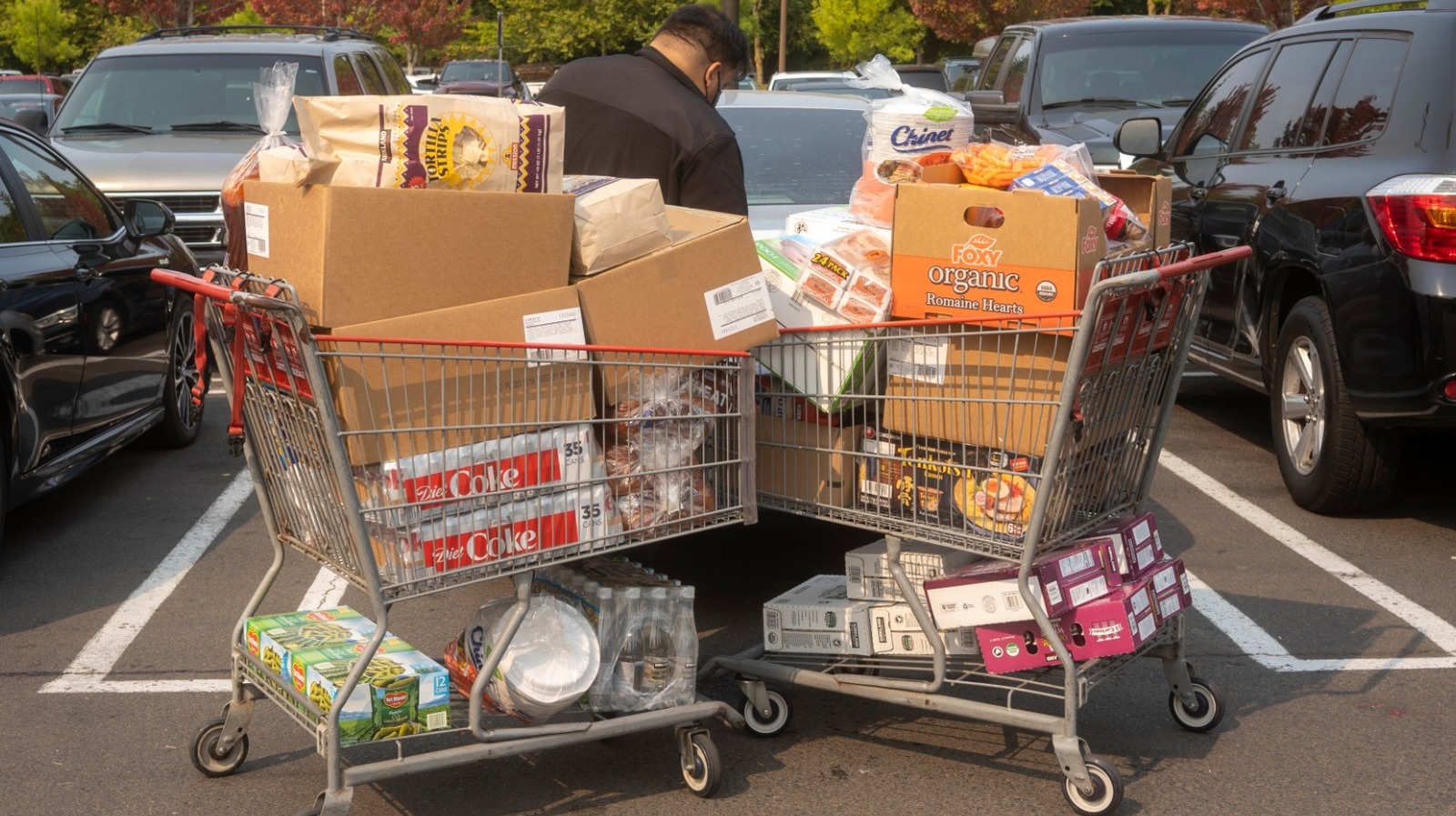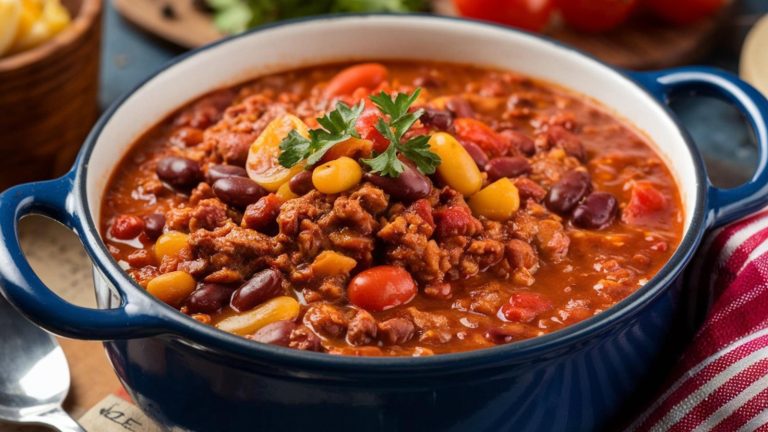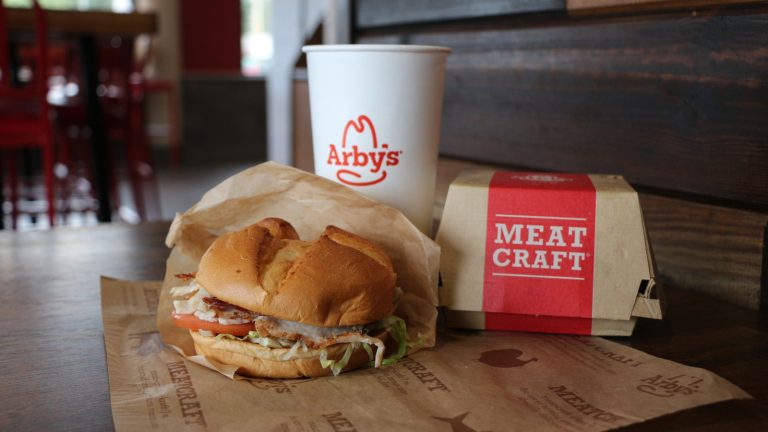Do you love lugging two weeks’ worth of groceries through your front door? No one else does, either. That’s why everyone’s jumping on board with the aptly named “Costco door,” which can work wonders for both your back and your time. This little door connects your garage to your kitchen, allowing your grocery bags to go directly from your trunk to their destination. It’s especially helpful for people with mobility issues. Unfortunately, your kitchen needs to share a wall with your garage for a Costco door to work.
There are two prime locations for a Costco door: your pantry floor or right above a counter. If you have limited countertop space, situate the door inside your pantry — unless you’re willing to take steps to maximize your kitchen counter space. If you already have plenty of countertop space, then put it above your counter, so you don’t have to pick up your bags twice.
What you should know before installation
Convenient as they are, Costco doors aren’t right for everyone. They don’t do well in tiny pantries, especially if you need a way to store bulk food items from Costco. Those kinds of groceries take up way too much space, making the door essentially useless. So before you pay a contractor to install it, make sure you’ve got the necessary space.
Specific costs vary. Costco doors are relatively new and often installed in new builds or major renovations, but there’s less information online about retrofitting an existing home with one. That said, they’re roughly the same size as extra-large dog doors, and according to Homewyse, a pet door can cost anywhere from $350 to $550, including installation, depending on the contractor. But Costco doors are often slightly larger and a bit fancier than pet doors, so it’s safe to say they’re on the higher end of that range, if not higher, though it will probably cost less if you have the skills to DIY.






